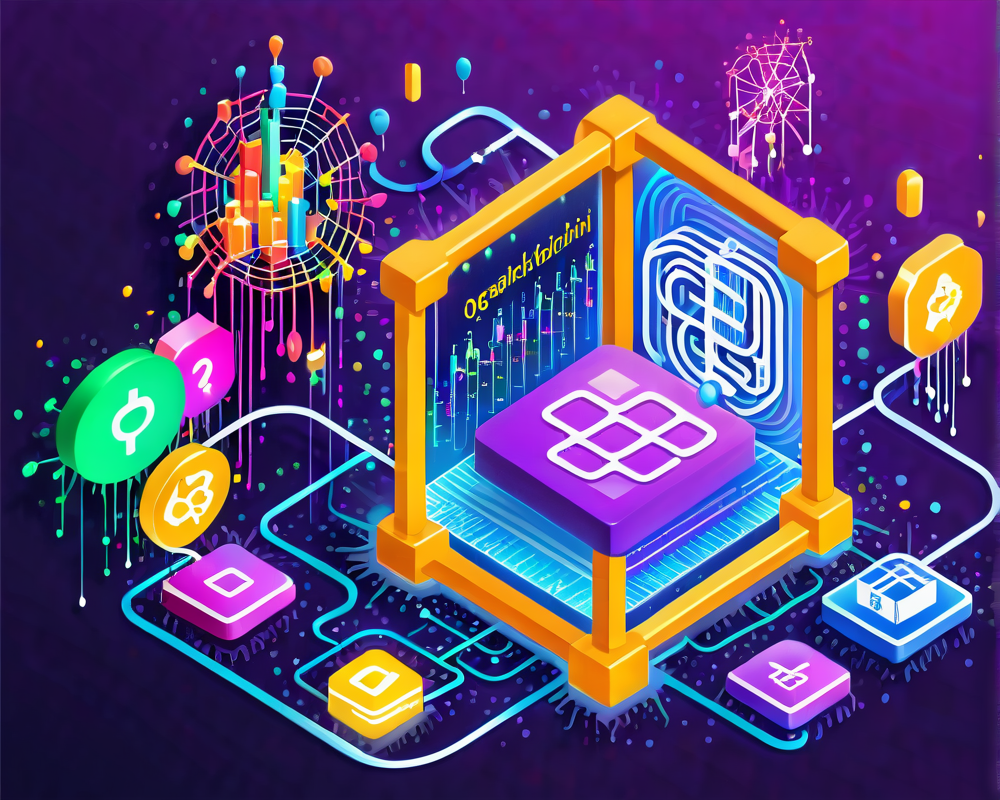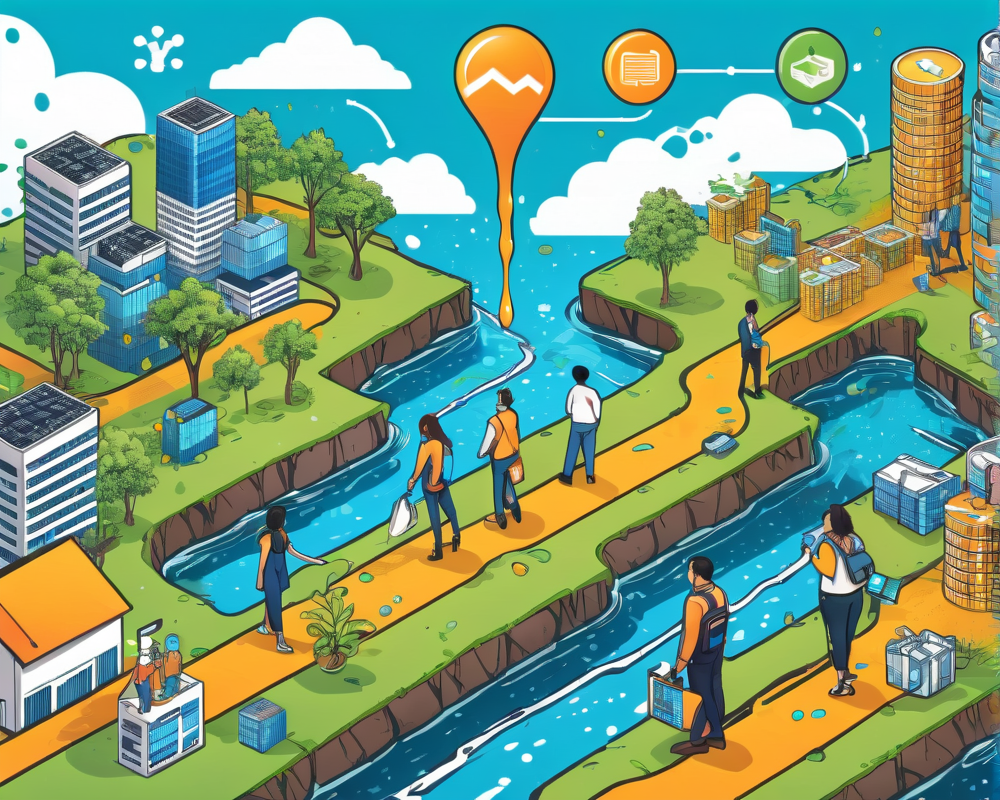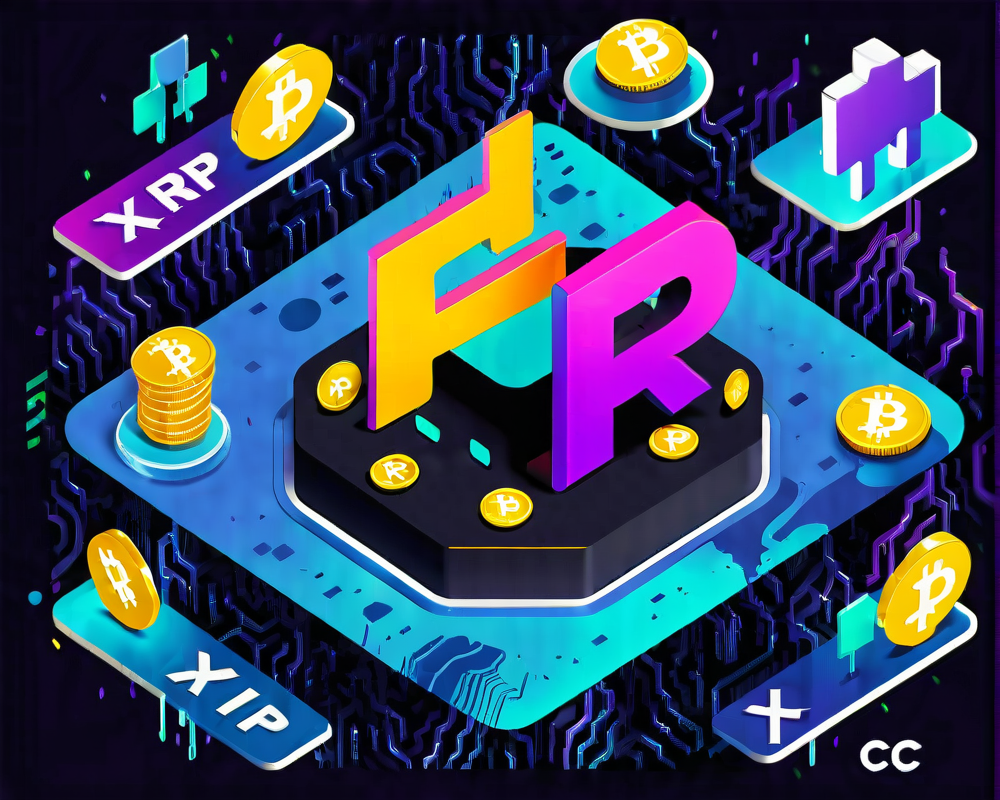The Graph: A Game Changer for Blockchain Developers
The Graph is here to revolutionize the way developers interact with blockchain data. By launching its mainnet on Ethereum in December 2020, it set the stage for a new era of decentralized applications. Now, with the support of Polkadot, NEAR, Solana, and Celo, The Graph is expanding its reach and capabilities.
What is The Graph?
Imagine a world where programmers can effortlessly gather and query blockchain data without needing a PhD in blockchain technologies. Well, that’s what The Graph does! It helps developers create Application Programming Interfaces (APIs)—or subgraphs—that allow seamless access to on-chain data.
A Real Alternative
This protocol was designed as an open alternative to existing blockchain analytics tools. It aims to provide an infrastructure that fosters collaboration and interoperability across the decentralized web.
Frictionless Development into Web 3.0
As highlighted by Eva Beylin from The Graph Foundation, the ultimate goal is to make Web 3.0 as accessible to developers as Web 2.0. The beauty of using a subgraph is that it doesn’t require experts to have detailed knowledge of the intricacies of various blockchains. Developers can work without worrying about unique properties, such as the smart contract languages that different blockchains utilize.
The Achievements So Far
Currently, The Graph supports blockchains like Ethereum, IPFS, and POA, among others. With over 7,000 subgraphs already in deployment, it’s clear that popular decentralized applications such as Uniswap and AAVE are on board. It’s like The Graph is throwing a block party, and everyone wants an invitation!
What’s Next for The Graph?
The future looks bright as The Graph plans to extend its support to Bitcoin, Cosmos, Avalanche, and more. While Ethereum remains the backbone of The Graph Network, its native Graph Token (GRT) will continue functioning as an ERC-20 token, adding another layer of consistency and reliability.
The Vision Forward
The foundation is determined to support all layer 1 blockchains. The idea is to foster a widely adopted indexing and query solution across the decentralized internet, enabling everyone to access and utilize the massive amounts of blockchain data available out there.
In Closing: Unleashing Potential
As Eva Beylin eloquently stated, “We believe in supporting many chains so all developers can efficiently build decentralized applications and accelerate Web3 adoption.” This mission could change the game by allowing developers to select the blockchain that best fits their needs, making it easier than ever to create interoperable applications. So buckle up, because the ride into the future of decentralized applications is just getting started!




